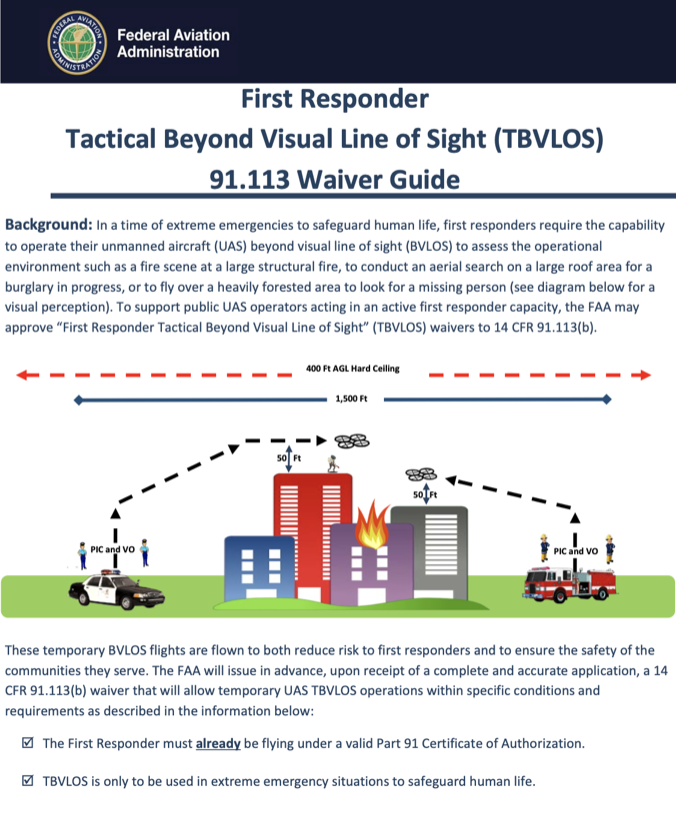Understanding FAA Rules and Regulations
Having helped Chula Vista Police Department navigate Federal Aviation Administration (FAA) regulatory hurdles on their way to a first of its kind Drone as a First Responder (DFR) model, we here at Skyfire field a lot of questions about FAA regulations as they pertain to drones. When trying to figure out the differences between Part 107 and Certificates of Authorization (COA) or Public Aircraft Operations (PAO), we can guide you through advantages and disadvantages to both. If that letter salad just brought up more questions, we can help you understand the basic frameworks. Truth is, understanding and then keeping up with FAA regulations can seem daunting, but the importance of doing just that cannot be understated.
The FAA has an expectation that public safety drone operators not only have the proper regulatory framework in place, but are actively following the regulations as they pertain to their operations. For example, according to COA regulations, COA holders must be able to access their COA during all flight operations as well as file a monthly report. Unfortunately, these seemingly small compliance details often get disregarded. How many COA holders out there know that there are specific night training requirements outlined in a COA? In our experience, not many. That’s why it is so important when operating under a COA to make sure that all of your pilots have read and are very familiar with the contents of the authorization. Looking ahead, regulations will likely become even more complicated as the FAA introduces Unmanned Traffic Management (UTM) and other mechanisms to allow for flight beyond visual line of sight (BVLOS).
Just recently, the FAA rolled out the Tactical BVLOS (TBVLOS) process and waiver. This new BVLOS concept allows for limited distance and altitude but does allow BVLOS operations by the pilot. We’re just starting to see the first approvals for these and we’re very excited to see some of the early results where this concept is deployed. The FAA has even published a handy waiver guide to help agencies work through the process. With FAA regulations, it’s all about being in the know. If you’re not in the know, take some time to understand the rules and regulations and if you need any help, please don’t hesitate to reach out to Skyfire.
